Crew 6 Aircraft type Douglas DC-9-33CF Injuries (nonfatal) 37 Survivor 40 | Passengers 57 Survivors 40 Date 2 May 1970 Fatalities 23 | |
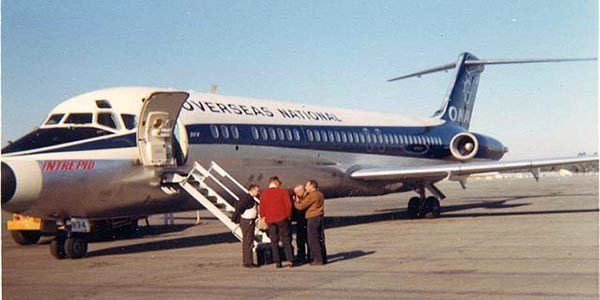 | ||
Similar Pan Am Flight 845/26, 1954 Swissair Convair, Northwest Orient Airlines Fl, Laoag International Airlines Fl, KLM Flight 633 | ||
ALM Antillean Airlines Flight 980 was a flight scheduled to fly from John F. Kennedy International Airport in New York City to Princess Juliana International Airport in St. Maarten, Netherlands Antilles, on 2 May 1970. After several unsuccessful landing attempts, the aircraft's fuel was exhausted and it made a forced water landing (ditching) in the Caribbean Sea 48 km (30 mi) off St. Croix, with 23 fatalities and 40 survivors. The accident is one of a small number of intentional water ditchings of jet airliners.
Contents
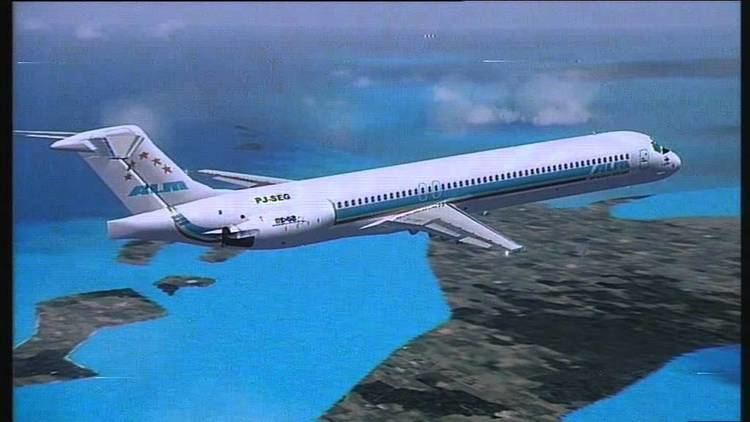
Aircraft and crew
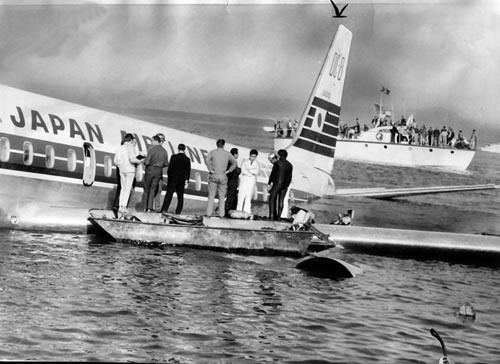
The aircraft was a twin-engine Douglas DC-9-33CF operated on behalf of ALM Antillean Airlines by Overseas National Airways (ONA), with an ONA aircraft and flight crew, and an ALM cabin crew. It was registered in the United States with FAA tail number N935F. The flight carried 57 passengers and six crew. The flight crew consisted of Captain Balsey DeWitt (37), First Officer Harry Evans II (25), and Navigator Hugh Hart (35). The cabin crew consisted of Purser Wilfred Spencer, and flight attendants Tobias "Tito" Cordeiro and Margareth Abraham.
Flight and ditching

Flight 980 made a normal departure from Kennedy Airport and had an uneventful flight to the Caribbean. After the flight was given descent clearance to 10,000 feet (3,000 m), regional air traffic control (ATC) advised that weather in St. Maarten was below landing minimum. The captain elected to divert to San Juan, but shortly after that, the tower at St. Maarten advised them that the weather had improved sufficiently for landing. The flight made an initial approach to St. Maarten, but failed to see the runway in time to line up for landing, and announced a missed approach.
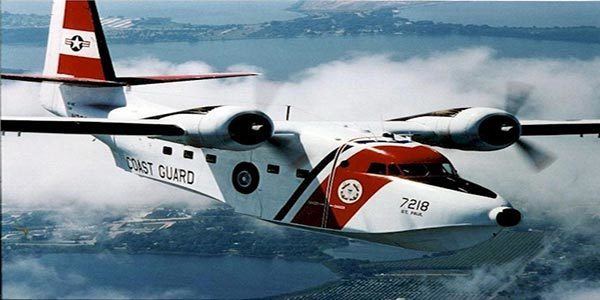
Flight 980 then made a second landing attempt, but it, too, was unsuccessful because of alignment with the runway. After breaking off that approach, the crew made a third attempt, but the aircraft was too high to land safely. After assessing the weather and fuel situation, the crew elected to divert to St. Croix, and received a vector and clearance. At this point, the crew noticed a possible discrepancy between the fuel gauges and what had been computed as the amount of fuel remaining. The captain advised ATC of his intention to ditch the aircraft, and began a low approach over the water. Flight 980 ditched in the Caribbean Sea at 3:49 PM local time.
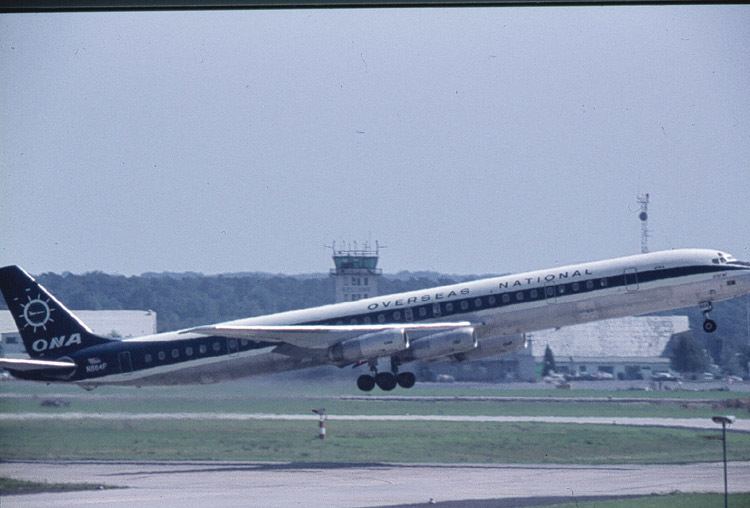
Although the pilots flashed the seat belt signs just prior to ditching, the understanding in the cabin was insufficient that the aircraft was about to touch down. Consequently, an unknown number of passengers and crew were either standing up, or had their seat belts unfastened when the aircraft struck the water.

The aircraft remained relatively intact after the Water landing, but sank after the accident in about 5,000 ft (1,500 m) of water, and was never recovered. The accident resulted in 23 fatalities and injuries to 37 of the 40 survivors. Both pilots survived. The survivors waited for hours in the water to be rescued.
Rescue efforts included units from the U.S. Coast Guard, U.S. Navy, and U.S. Marine Corps, and a number of survivors were rescued by helicopter.
Investigation and aftermath
The accident was investigated by the U.S. National Transportation Safety Board (NTSB). The report concluded that the cause of the accident was poor fuel management, complicated by the crew's inattention and distraction caused by the weather situation and multiple diversions. Some specific issues cited include miscalculation of the rate of fuel consumption, misreading fuel gauges, and incorrect computation of the amount of fuel expected to be remaining at the time of landing. The NTSB report stated, "The Board determines that the probable cause of this accident was fuel exhaustion which resulted from continued, unsuccessful attempts to land at St. Maarten until insufficient fuel remained to reach an alternate airport."
The NTSB also concluded that the chances of survival in the accident were made worse because of poor coordination among the crew before and during the ditching.
The recommendations in the report included adding "warn passengers" to the checklist of procedures for emergency landings and ditchings, requiring that flights not be dispatched without a working public address system, and phasing out an older type of seat belt then in use in favor of more modern designs.
